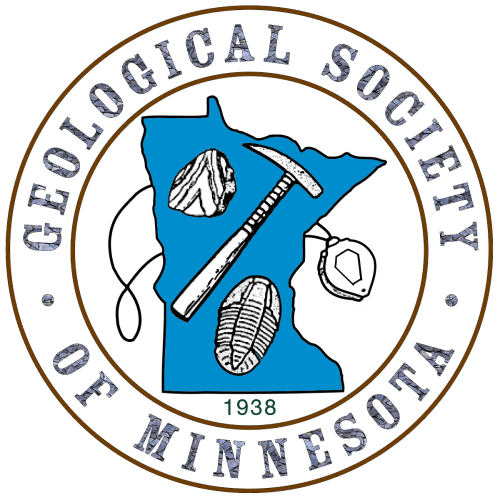Road Marker Information
Enter Road Address in your cars GPS:
Geology of the Hill Annex Mine Geological Marker, Pengilly, MN 55775
OR
Enter Geographical Coordinates in your cars GPS:
Degrees Lat Long: 47.347263, -93.282681
Latitude: 47°20’50.2″N
Longitude: 93°16’57.7″W
Country: Itasca County
Where Found:
Located off U.S. highway 169, 2 miles north of Calumet, near the mine overlook next to the visitor center
Marker Number:224
Marker Composition:
Text on Marker:
GEOLOGY OF THE HILL ANNEX MINE
The lowest layer visible on the mine face is a thick exposure of reddish-brown sedimentary rock called the Biwabik Iron Formation. About 1.9 billion years ago, this rock layer formed underwater, near the shoreline of a shallow sea. In that marine environment, blue-green algae grew. Now classified as a type of bacteria, these ancient microbes were photosynthetic: they made their own food from water, carbon dioxide, and sunlight, and gave off oxygen as a by-product. At that time, the seas contained much dissolved iron, and when oxygen was introduced, it combined with the iron. The resulting iron oxide precipitated from the seawater, mixed with silica sediments on the seafloor, and eventually solidified into sedimentary rock. Much later, groundwater infiltrated the rock and circulated, especially along the faults and fractures. The water concentrated the iron by leaching out silica and caused further oxidation, producing an enriched ore containing 55 percent or more iron by weight. About 95 million years ago, during the Cretaceous period, another shallow sea advanced over this area. The erosive action of rivers, waves, and weather broke down the surface of the Biwabik Iron Formation and produced a layer of boulders, cobbles, pebbles, and sand-sized particles on top of the iron formation. As the sea level rose, finer sediments were deposited on the seafloor. Fossilized clams, oysters, snails, fish teeth, turtle bones, crocodile bones, and plant debris are all found within these sediments, now called the Coleraine Formation. Most of this formation has been eroded or mined. Only a thin, patchy layer remains, and it is mostly hidden by vegetation. However, excellent exposures exist at the east end of the mine. At the top of the mine face is a light-colored layer of glacial sediment (clay, silt, sand, gravel, and boulders), which was mixed and deposited by glaciers that repeatedly covered this area during the Ice Age of the last two million years. Meltwater streaming from the edge of a glacier has in some places sorted the glacial sediments by size. The glaciers last receded from this area about 11,000 years ago.
Erected by the Geological Society of Minnesota in partnership with the Minnesota Department of Transportation, the Minnesota Geological Survey, and the Minnesota Department of Natural Resources. 2003
Region: Northeast Region
Information Needed:
- Verify Existance
Condition of Marker:
Do it Yourself Region: Iron Range
